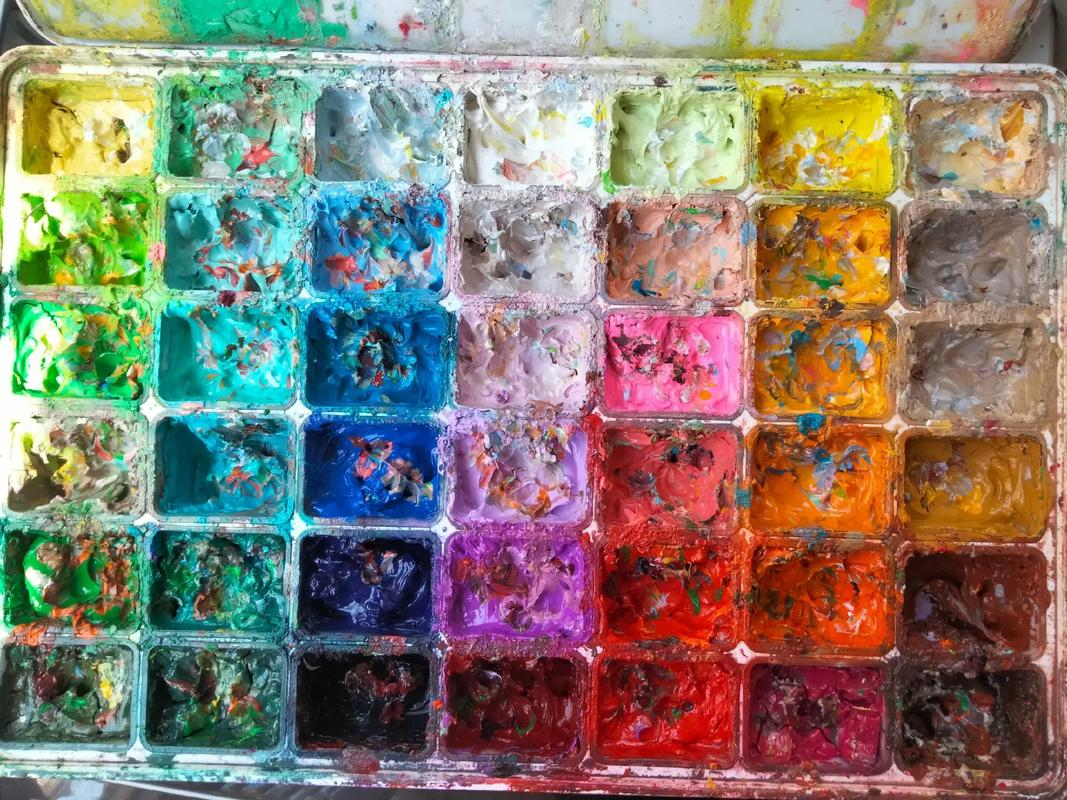Brief introduction of PVC in several pictures
The main PVC production areas are concentrated in Asia, the Americas, and Europe, with a total global production capacity of nearly 59.5 million tons. Asia has a capacity of about 39.5 million tons, accounting for more than 66% of the total global production capacity. The Americas have a capacity of around 11 million tons, accounting for approximately 18% of the global total, and the EU's PVC production capacity is around 8.6 million tons, accounting for 14.5% of the global total. In 2021, China's PVC total production capacity was 27.33 million tons, accounting for approximately 44.8% of the global total. The global consumption of PVC exceeds 46 million tons, with downstream consumption mainly focused on pipes, profiles, films, wires and cables, and floor leather, which are closely related to the construction industry. If the global construction industry experiences a recovery, the demand for PVC will continue to steadily increase.
Brief demonstration of PVC industry chain
The raw materials for chlor-alkali enterprises are calcium carbide and crude salt. Calcium carbide and coal are used to produce calcium carbide, while electrolysis of crude salt produces hydrogen chloride and caustic soda. Calcium carbide and liquid chlorine are used to produce monomer VCM followed by polymerization to produce PVC. Another route involves the cracking of crude oil to produce ethylene, which is then used to produce EDC and VCM. The resulting PVC is then used in various downstream product industries.
Plastic categories
There are two main categories of plastics: universal plastics and engineering plastics. The five major universal plastics are polyethylene (PE), polypropylene (PP), polyvinyl chloride (PVC), polystyrene (PS), and acrylonitrile-butadiene-styrene copolymer (ABS). The five major engineering plastics are polyamide (nylon, PA), polycarbonate (PC), polyoxymethylene (POM), polyester (mainly PBT), and polyphenylene ether (PPO).
Production route:
With the exception of China, the world uses the ethylene process route for PVC production. However, due to China being a country with more coal than oil, and with the advantage of low-priced raw materials such as calcium carbide, the construction of PVC plants using calcium carbide process in central and western China has brought about a significant change in the domestic PVC production capacity structure. In terms of enterprise scale, the three companies (Xinjiang Tianye, Xinjiang Zhongtai, and Shaanxi Beiyuan) with a production capacity of one million tons all belong to the calcium carbide process PVC production industry.
Costing
The calcium carbide method for PVC production: 1 ton of PVC requires 1.45-1.55 tons of calcium carbide, 227 kWh electricity, and 700 kilograms of chlorine gas (which accounts for 80% of the cost of PVC).
The ethylene method for PVC production: The simple ratio of PVC to EDC/VCM is basically 1:1.001. The cost of sales is VCM dollar offer * 10 + 1000, minus 500 for production cost.













